Red Hot & Ready: 7 Sizzling Tips to Master Pozole Rojo Like a Pro!
If you’ve ever wondered how that steaming bowl of pozole rojo gets its deep, smoky flavor and vibrant red hue, you’re in the right place. Whether you’re a seasoned chef or a curious home cook with a love for spices, this guide is your backstage pass to crafting the ultimate Mexican comfort food — with a dash of humor and a sprinkle of spice wisdom.
Why Pozole Rojo Deserves a Permanent Spot on Your Menu
Let’s face it: pozole rojo isn’t just another soup. It’s a cultural icon, a soul-warming celebration in a bowl. Originating from Mexico, especially the regions of Jalisco and Michoacán, this traditional dish features hominy (dried maize kernels that have been treated), pork, and a rich red broth made from dried chilies and aromatic spices. The red sauce? That’s where the magic happens — and where most people go wrong.
So What Exactly Is Pozole Rojo?
Pozole comes from the Nahuatl word *pozolli*, meaning “frothy.” Originally a sacred dish prepared for rituals, it has evolved into a beloved staple across Mexican households. There are three main types:
- Pozole Blanco – mild and creamy, with no red chilies
- Pozole Verde – green from tomatillos and herbs
- Pozole Rojo – fiery, spicy, and packed with chili depth
We’re here to talk about the star of the show: pozole rojo.
The Spice Lineup: What You Need for That Perfect Red Sauce
The key to an unforgettable pozole rojo lies in the blend of dried chilies and spices. Here's what goes into the sauce:
| Chili/Spice | Flavor Profile | Heat Level (SHU) | Tips for Use |
|---|---|---|---|
| Ancho Chili | Sweet, raisin-like | 1,000–2,000 | Rub off seeds for milder flavor |
| Guajillo Chili | Earthy, tangy | 2,500–5,000 | Common in traditional recipes |
| Pasilla Chili | Smoky, dark fruit notes | 2,500–4,000 | Great for depth and color |
| Cumin | Earthy, warm | N/A | Toast for extra aroma |
| Oregano | Herbaceous, slightly bitter | N/A | Mexican oregano preferred over Mediterranean |
7 Sizzling Tips to Nail Your Pozole Rojo Every Time
- Toast Those Chilies — Don’t Skip This Step! Toasting brings out hidden flavors and aromas. Heat a dry skillet over medium heat and toast each chili until fragrant — but don’t let them burn! You’ll know it’s done when they smell like a campfire memory.
- Soak the Chilies in Hot Water After toasting, soak them in hot water for at least 20 minutes. This softens them and makes blending smoother. Tip: Add a splash of vinegar or orange juice to the soaking liquid for a flavor twist.
- Don’t Overdo the Garlic A couple of cloves will do — too much can overpower the delicate balance of spices. Unless you're in a garlic emergency. Then by all means, go wild.
- Simmer, Don’t Rush The longer you simmer the broth, the more complex the flavors become. Give it at least 1 hour, and even better if it rests overnight in the fridge. Like any good drama, pozole gets deeper with time.
- Use Pork — Or Make It Vegetarian Traditional pozole rojo uses pork shoulder or belly. But if you're vegetarian, try jackfruit or mushrooms for that meaty texture without the guilt.
- Garnish Generously No pozole is complete without fresh toppings! Think shredded cabbage, sliced radishes, chopped cilantro, lime wedges, and avocado slices. It’s like a confetti party for your taste buds.
- Store Smart — Pozole Freezes Beautifully Freeze the broth and meat separately from the hominy. Why? Because canned hominy tends to get mushy when frozen. Thaw and combine when ready to eat.
Visual Guide: Pozole Rojo vs. Other Types
| Type | Base | Chilies Used | Color | Texture | Best For |
|---|---|---|---|---|---|
| Pozole Rojo | Dried chili puree | Ancho, Guajillo, Pasilla | Deep red | Thick, hearty | Winter nights, chili lovers |
| Pozole Verde | Tomatillo + herbs | No dried chilies | Bright green | Lighter, tangy | Spring gatherings, lighter meals |
| Pozole Blanco | Broth-based | None | Creamy white | Gentle, comforting | Kids, mild palates |
Let’s Get Cooking: Classic Pozole Rojo Recipe
Now that you’re officially a pozole pro, let’s roll up our sleeves and make some magic happen. Here's a tried-and-true recipe:
Ingredients
- 2 lbs pork shoulder, cubed
- 2 cups canned hominy, drained
- 5 dried guajillo chilies
- 3 dried ancho chilies
- 1 onion, quartered
- 4 garlic cloves
- 1 tsp ground cumin
- 1 tsp Mexican oregano
- 2 tbsp vegetable oil
- Salt to taste
- Optional garnishes: shredded cabbage, lime, avocado, radishes, cilantro
Instructions
- Preheat oven to 350°F (175°C).
- Toast chilies in a dry skillet until fragrant. Remove stems and soak in hot water with a splash of vinegar for 20 minutes.
- Blitz soaked chilies with onion, garlic, cumin, and oregano into a smooth paste.
- In a large pot, brown the pork cubes in oil. Remove and set aside.
- Add the chili paste and cook until thickened (~5 minutes).
- Add 6 cups of water, bring to a boil, then reduce to a simmer.
- Add hominy and pork, cover, and simmer for 1 hour or until pork is tender.
- Taste and adjust seasoning. Serve with your favorite toppings!
Pozole Rojo Photo Gallery

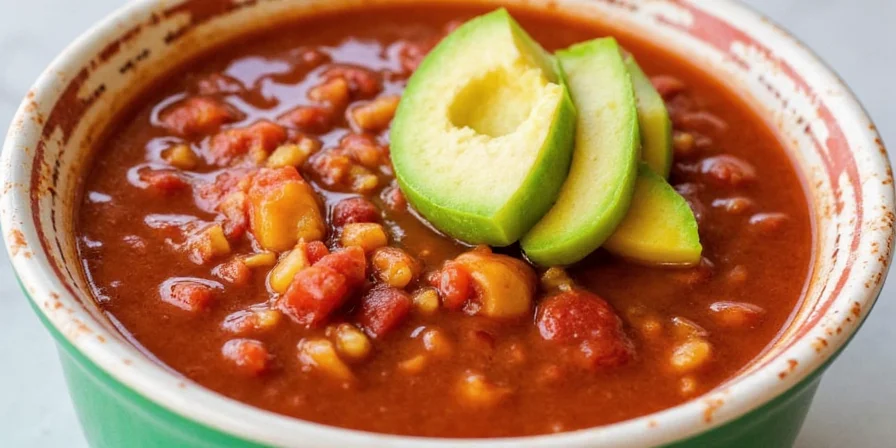
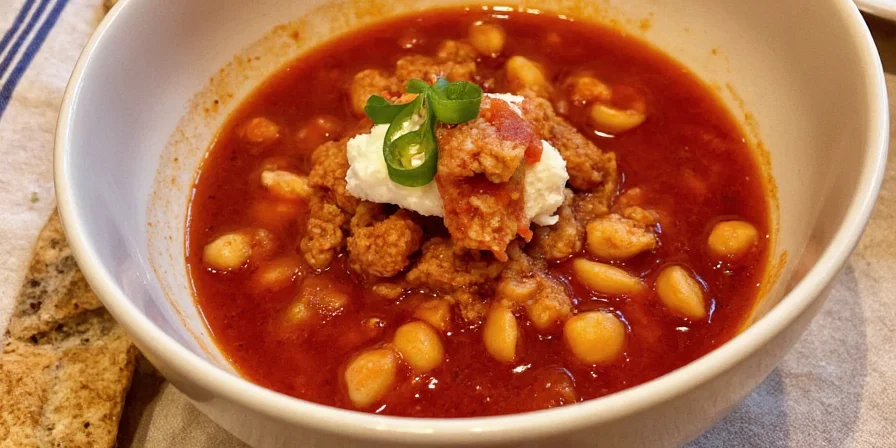
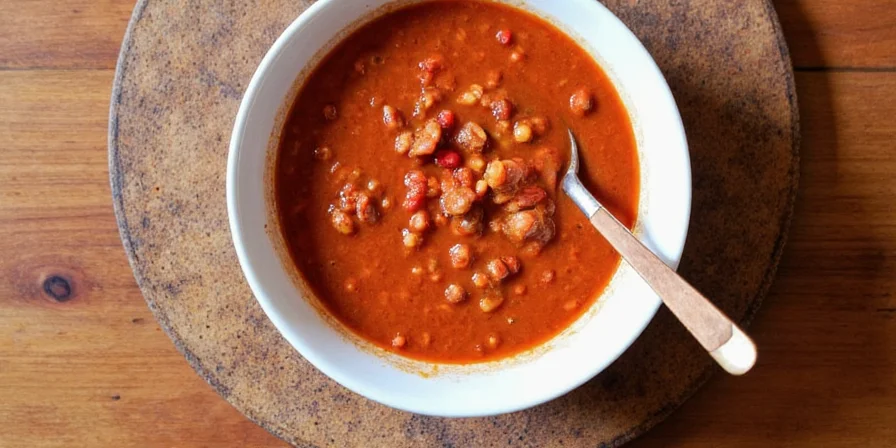
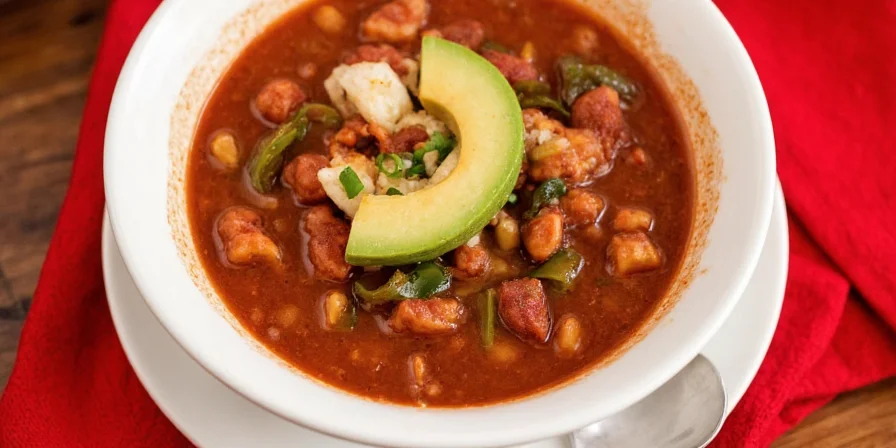
Conclusion: Pozole Rojo Isn’t Just Soup — It’s Culture in a Bowl
Crafting the perfect pozole rojo is more than following a recipe; it’s embracing tradition, understanding flavor layers, and having fun with spices. Whether you're hosting a dinner party or curling up with a cozy night snack, this dish delivers every time.
Remember: Don’t be afraid to experiment. Swap out meats, add a splash of citrus, or tweak the spice levels. At the end of the day, pozole rojo is about personal touches and shared moments.
So grab those chilies, fire up the stove, and get ready to impress everyone with your newfound pozole prowess. ¡Buen provecho!

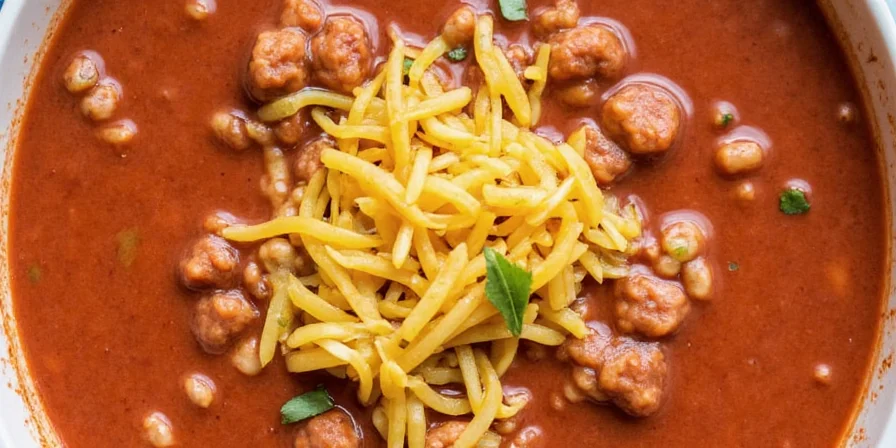









 浙公网安备
33010002000092号
浙公网安备
33010002000092号 浙B2-20120091-4
浙B2-20120091-4